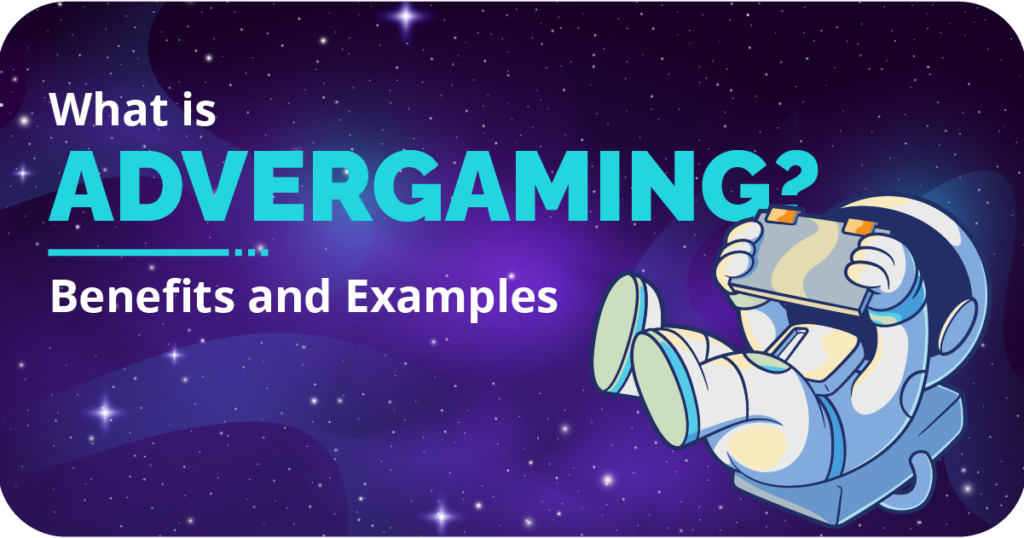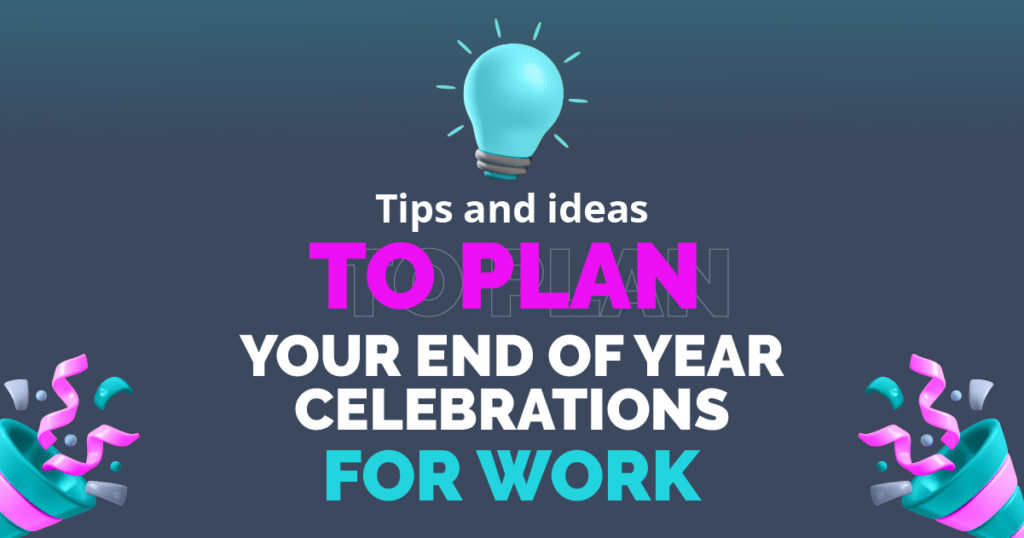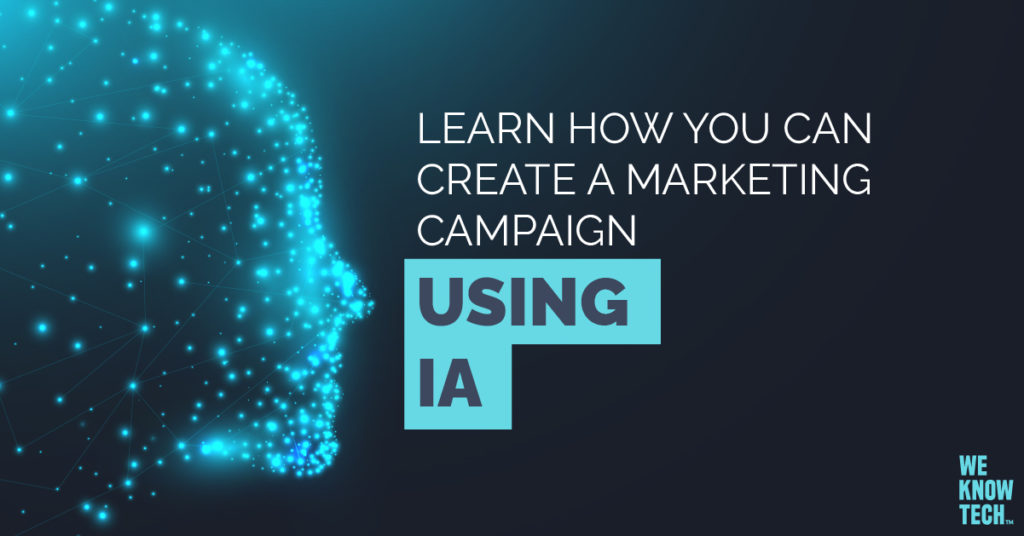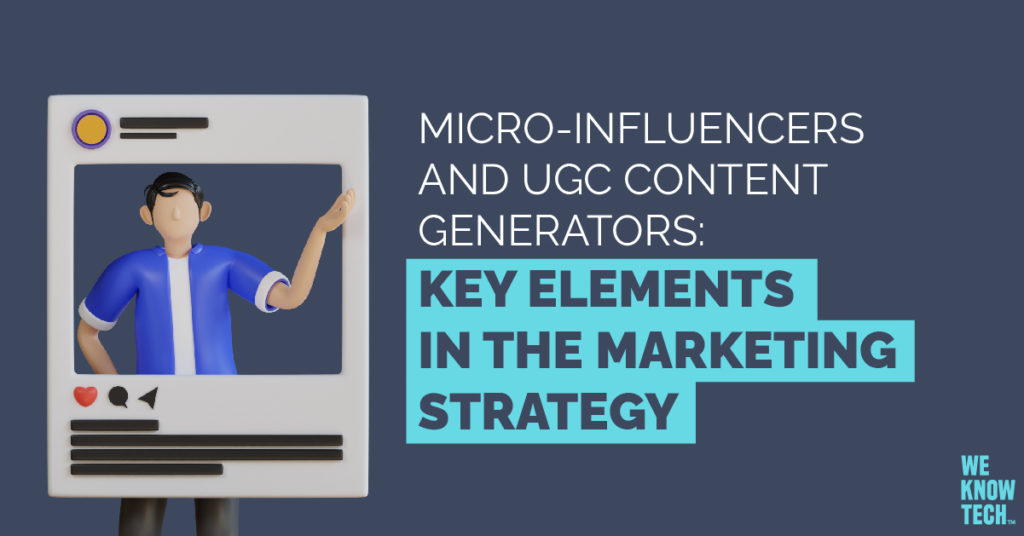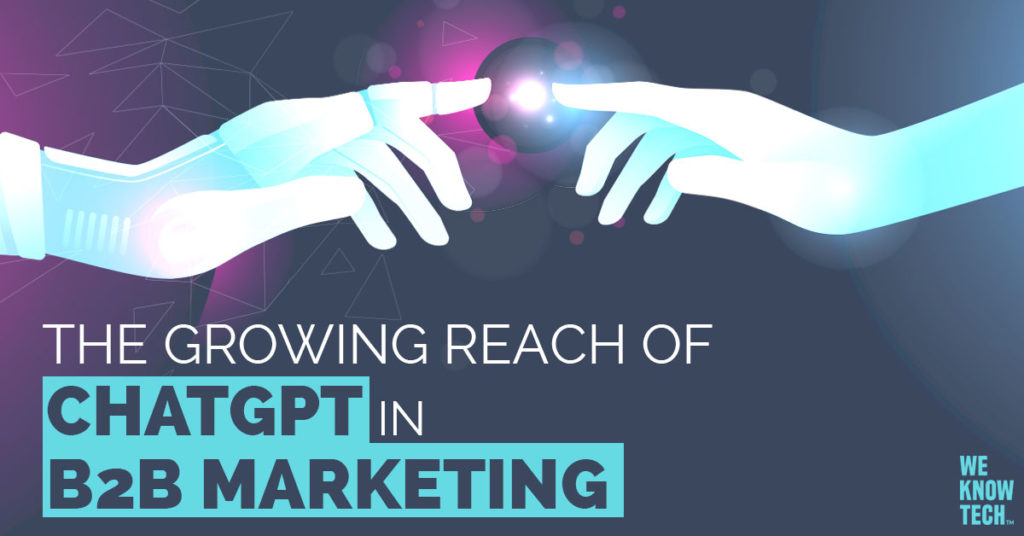How to write a good AI prompt to improve your work?

Imagine if you could have a conversation with artificial intelligence (AI) and guide it to generate exactly what you need. That’s the power of an AI prompt – a simple yet profound way to interact with advanced technology.
In this blog, we’ll explore prompts and share some practical tips for making them work well. It’s not just about giving orders; it’s about connecting with AI in a clear and effective way.
1) What is an AI Prompt?
A prompt in AI, especially in the context of conversational artificial intelligence like chatbots or AI writing tools, is like a starting point or a question that you give to the AI. It’s a bit like giving a hint or direction.
When you provide a prompt, the AI uses it to understand what kind of response or information you’re looking for. Then, based on this prompt, the AI generates a reply or performs a task. It’s like telling the AI, “This is what I’m interested in,” and then the AI goes on to create something relevant based on your prompt.
2) What kind of results can you get with AI prompts?
An AI prompt can lead to various types of results, depending on what the AI is designed to do. Here are some common outcomes:
- Text Generation: The AI can create text based on the prompt. This could be anything from writing a story, generating a report, composing an email, or even creating poetry.
- Image Creation: Some AI systems can generate images from descriptive prompts. For example, you could ask for a picture of a “sunset over the ocean” and the AI would create it.
- Data Analysis: AI can analyze large sets of data in response to prompts. For instance, you might ask the AI to find patterns or trends within a dataset.
- Problem-Solving: You can use prompts to ask AI to solve mathematical problems, optimize processes, or come up with solutions to specific issues.
- Language Translation: AI can translate text from one language to another based on your prompt.
- Educational Assistance: It can provide explanations, definitions, or tutorials in response to educational prompts.
- Personalized Recommendations: Based on prompts, AI can suggest products, movies, books, etc., tailored to individual preferences.
- Interactive Conversations: AI can engage in dialogue, offering responses to questions, providing information, or even mimicking a natural conversation.
- Code generation: AI can generate code snippets or even entire programs based on coding prompts. This is especially helpful for developers and programmers.
- Video creation: Some AI systems can generate videos based on descriptive prompts. You can request videos on various topics or scenarios, and the AI will create them, which can be useful for content creators and marketers.
The specific results depend heavily on the AI’s capabilities and the nature of the prompt given.

3) How to Write Effective AI Prompts?
Writing effective AI prompts involves clarity, specificity, and understanding the capabilities of the AI system you’re working with. Here are some tips to guide you:
- Be Clear and Specific: Vague prompts might lead to vague responses. If you need a specific type of output, make sure your prompt reflects that. Also, unnecessary length can confuse the AI.
- Include Contextual Information: No matter how smart AI tools become, they can’t really get what you mean unless you give some extra details.
- Keep Trying and Improve: AI might not give you the perfect answer the first time. Be ready to make your requests better as you see how AI responds.
H3: Is there any formula for writing a good AI prompt?
There’s no one-size-fits-all formula for writing a good prompt because it mostly depends on the situation and what you’re trying to achieve. However, we’ve found some approaches that have proven to work well. Here are some examples:
- “Create a . . .” or “Write a . . .”
These prompts are versatile and commonly used. You can initiate AI writing tasks by starting with “Create a” or “Write a” and then specifying what you need, such as “Create a TikTok video script using the side-eye trend” or “Write a love poem about flowers.”
- “Act as a . . .”
You can instruct AI to take on different roles or personas, like a marketer, lawyer, or even a cranky person. This can be especially helpful for tasks that require a specific perspective or tone.
- “Mimic this style . . .”
If you want AI to emulate a particular writing style, you can provide a sample text in that style and use the “Mimic this style . . .” prompt. It can help you get content that matches your preferred tone, whether it’s passionate, formal, or personal.
- “Show this as a . . .”
Some AI writing assistants can convert raw data into basic graphs or charts. Although these visuals may be rudimentary, they can serve as a foundation for creating more polished presentations.
- “Compare . . .”
If you want to analyze similarities and differences between two things, you can instruct AI to compare them. AI will typically outline what’s alike and what’s distinct, providing a helpful comparison.
–
If you want to learn more about artificial intelligence and marketing, we recommend you to read: Learn how you can create a marketing campaign using AI
–
In summary
When you provide a prompt, it’s like giving a hint to the AI about what you want. The AI then uses that hint to generate a response or perform a task, whether it’s writing a story, creating an image, analyzing data, or engaging in interactive conversations. While there’s no standard formula for writing prompts, we’ll share some approaches that work well, like “Create a . . .” or “Act as a . . .” prompts, to help you get the most out of your AI interactions.
At Isource Marketing, we firmly believe that businesses should take the latest trends as AI tools to make their marketing actions easier and boost their processes. Please, feel free to contact us for advice or quotes on marketing solutions, and take the bold step to enhance your B2B/B2C strategies with us.




